Introduction
The global prevalence of myopia is on the rise, with projections suggesting that nearly half of the world’s population will be affected by 2050.1 This trend indicates a surge not only in mild and moderate myopia but also in high…

The global prevalence of myopia is on the rise, with projections suggesting that nearly half of the world’s population will be affected by 2050.1 This trend indicates a surge not only in mild and moderate myopia but also in high…
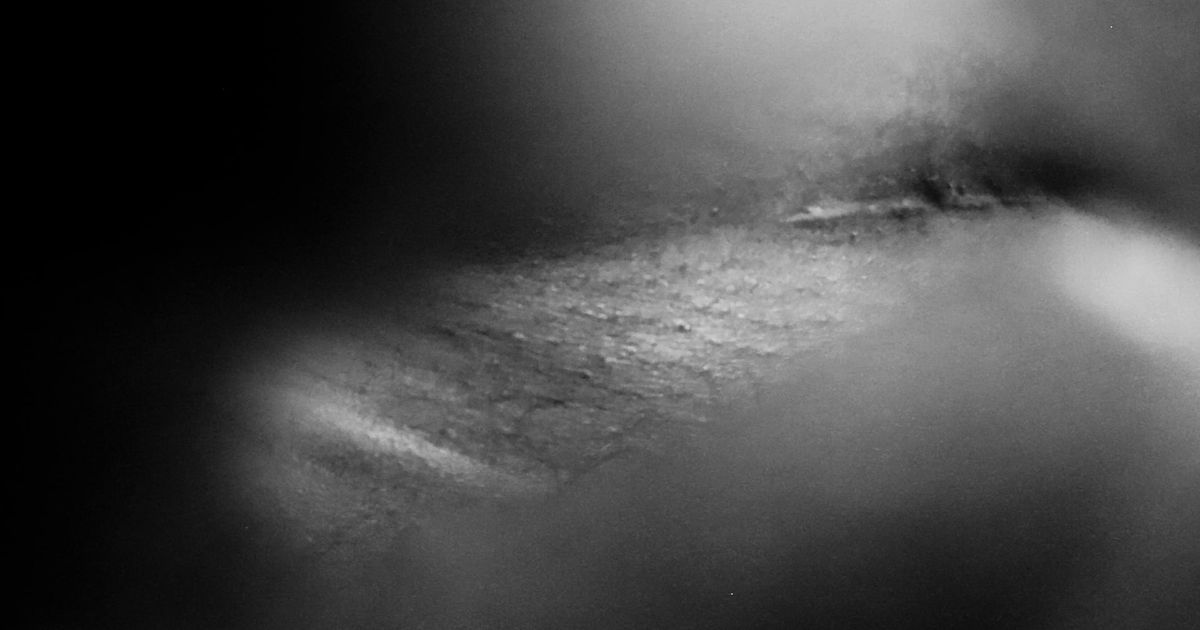
“Wrong anatomy” and “unlucky” were the explanations Shala Miller received for her recurrent ovarian torsions. At the beginning of this year, the artist underwent her third emergency surgery. Desperate to understand why her insides decide…

Endometrial cancer (EC) is a malignant tumor originating from endometrial epithelial cells and is one of the three major malignant tumors related to the female reproductive system. EC is characterized by irregular vaginal bleeding…
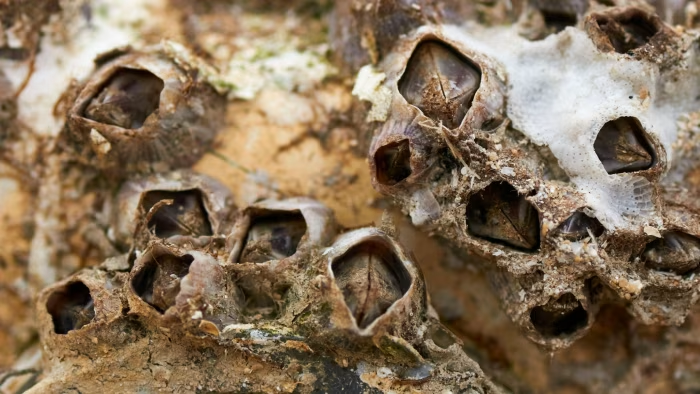
Unlock the Editor’s Digest for free
Roula Khalaf, Editor of the FT, selects her favourite stories in this weekly newsletter.
EU ships could face having to travel more slowly and use more fuel than their Asian competitors because of Brussels’ failure to authorise an innovative paint for ship hulls that prevents barnacles becoming stuck by making them hyperactive.
Medetomidine has long been allowed for human and veterinary use as a sedative, but scientists in Sweden discovered it has the opposite effect on barnacles, which become temporarily excited when they come into contact with the substance and so cannot settle on a surface.
While each barnacle is small, a build-up of the crustaceans can vastly increase a ship’s drag in the water, increasing fuel consumption and carbon emissions.
I-tech, the start-up that patented the medetomidine biocide with 40mn krone ($4.3mn) of support from the Swedish government, estimates that if 10 per cent of a hull is covered with barnacles, fuel consumption increases by 40 per cent if the same speed is maintained.
Anti-fouling paints are also an important means of stopping invasive species travelling between continents. But although the EU itself has also funded I-tech, it has not approved its paint for use 16 years after the company first applied.
Magnus Jönsson, chief executive of I-tech, said the paint was “a non-lethal way of stopping the barnacles settling on the surface”.
I-tech applied for authorisation to the European Commission in 2009 for consideration under its biocidal products regulation. While medetomidine itself has received temporary approval, long bureaucratic processes and checks on the safety of the substance have meant it has not been approved for use in any biocide products.
The European Chemicals Agency last year recommended that the temporary approval of medetomidine be ended because it is “persistent, toxic, and identified as an endocrine disrupter”. Its opinion was largely based on a Norwegian study, which I-tech argues is flawed.
Member states are due to vote on its ongoing authorisation in the coming months, allowing the commission to take a decision early next year.
Despite the lack of approval for its products, I-tech has received €670,000 of funding from the EU and €1.3mn in conditional loans from the Swedish Energy Agency to scale up.
More than 90 per cent of its sales are made outside Europe. It has gained market share of about 50 per cent in Japan and South Korea, as well as a foothold in China, where it competes with traditional antifouling paints.
“Anti-fouling remains a serious challenge for international shipping . . . We need more antifouling options available on the European market and we should really welcome new products like this,” said a Norwegian shipping representative, who asked not to be named.
The commissions said it would “consider all elements and information, including from stakeholders, when making its decision” on the substance’s authorisation.
Two major reports on the EU’s waning economic competitiveness issued last year pointed to a failure to scale up domestic start-ups. The European Commission has vowed to improve the regulatory framework for start-ups and small businesses, and to simplify legislation for industry.
I-tech argues its product could help European ships cut emissions in line with the bloc’s ambitious climate goals. It says covering a ship’s hull with its antifouling paint can reduce carbon emissions by 15 per cent.
Didier Leroy, technical and regulatory affairs director at CEPE, the industry body for paint, printing ink and artists’ colours, said the EU had “such severe chemical legislation that they discourage investment and innovation”.
“If there is no more sufficiently efficient antifouling paint on the EU market then ships will not dry-dock any more for repair and maintenance and this will be done outside the EU,” he said, adding that this would harm other parts of the EU economy.
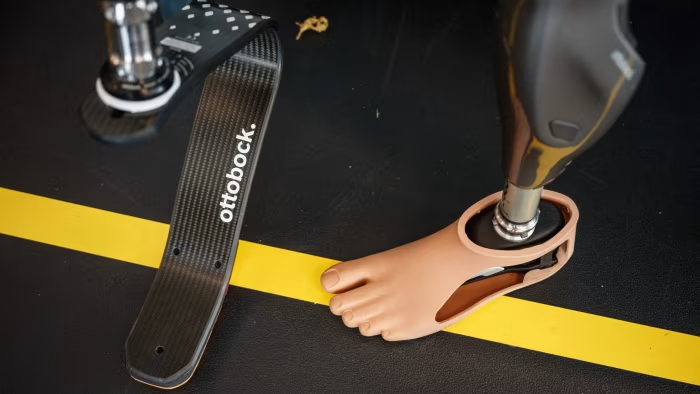
Unlock the Editor’s Digest for free
Roula Khalaf, Editor of the FT, selects her favourite stories in this weekly newsletter.
European listings are showing signs of a revival as a string of companies launch or prepare initial public offerings, giving hope to the region’s capital markets after a prolonged slowdown.
This week, security services company Verisure raised €3.2bn in the biggest European listing for three years, while prosthetics company Ottobock raised €700mn in Germany’s largest IPO this year.
Swedish digital bank Noba, German automotive company Aumovio, skin laser seller The Beauty Tech Group and classifieds business Swiss Marketplace Group have all listed in Europe in the past few weeks.
Several more flotations are being planned, including an IPO of €10bn German auto marketplace Mobile.de in Frankfurt, and London listings for tinned food company Princes Group and specialist UK lender Shawbrook.
Company executives and their advisers say geopolitical and economic worries — including market jitters sparked by US tariffs — have eased somewhat, creating a more favourable environment for listings after several IPOs were put on hold.
Stock markets are also trading at record highs, giving further encouragement for companies to list.
“We’re breaking the deadlock,” said Richard Cormack, head of Emea equity capital markets at Goldman Sachs, adding that there was a “good-sized cohort of transactions . . . It feels like now we’re at the proper start of a cycle.”
Martin Thorneycroft, global co-head of equity capital markets at Morgan Stanley, said Verisure’s blockbuster listing “will give a big boost to the large-cap, high-quality assets in the pipeline”.
European stock exchanges have been struggling to attract new listings: there have been 76 so far this year, the lowest level since 2009, according to Dealogic data.
Private equity firms have held on to companies for longer, rather than bringing them to the market, in the face of subdued demand, while some businesses, such as Swedish fintech Klarna, have chosen to list in the US, lured by higher valuations and deeper capital markets.
The lack of listings has triggered European policymakers to try to encourage more domestic investment in homegrown businesses and incentivise founders to list businesses in the region.
Companies listing on Sweden’s Nasdaq stock exchange have raised the most so far this year, at $6.7bn, according to Dealogic, while $1.2bn has been raised on the Frankfurt stock exchange, and the same amount on the Swiss SIX venue.
“It’s encouraging that activity is broadening beyond markets with strong domestic bases like Switzerland and Scandinavia”, said Stephane Gruffat, Deutsche Bank’s global head of equity capital markets syndicate. “We’re now seeing renewed demand in the UK, Germany and Spain — including [from] retail investors.”
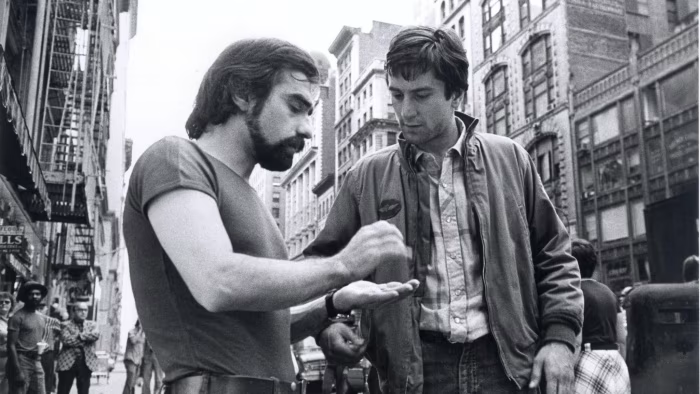
Martin Scorsese is fun. Even if you have never seen his films, you can see this on TikTok, where he now often stars in larky videos made by his youngest daughter, Francesca. A recent Scorsese production finds the pair appear in a skit inspired by…
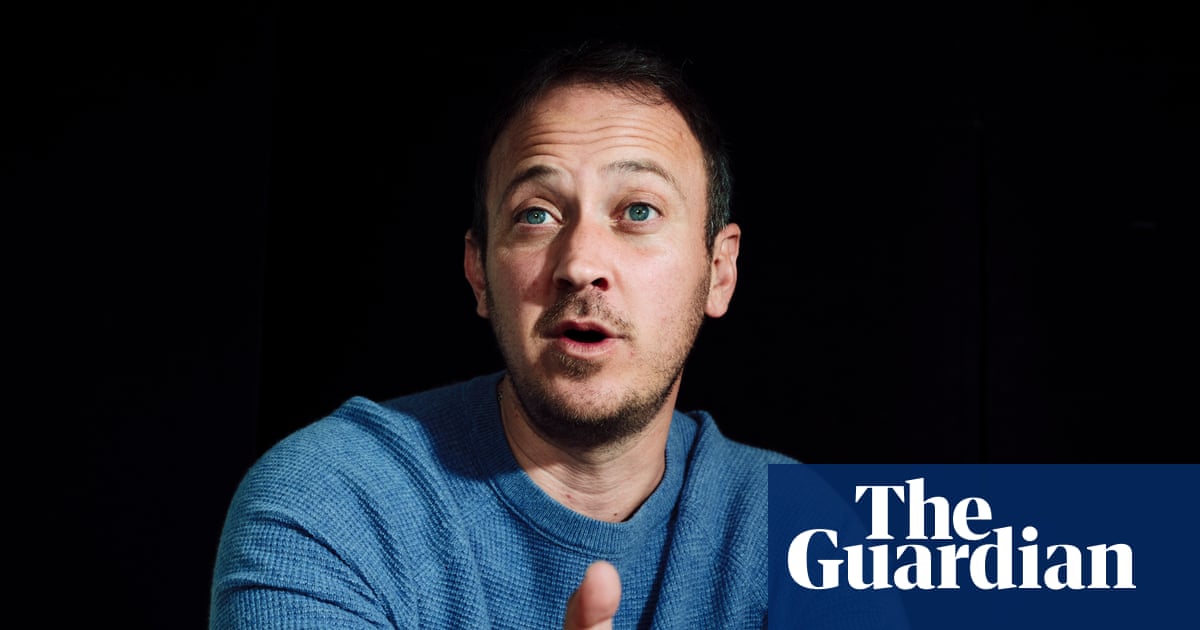
Ben Meiselas is a very busy man. So busy, he has to break off halfway through our interview to conduct an interview of his own, for his next broadcast. It’s 7am Los Angeles time when we meet via video call, and Meiselas is already well into…

Congenital diaphragmatic hernia (CDH) is a structural developmental anomaly with Non-cystic lesion characterized by a defect in the diaphragm that permits herniation of abdominal viscera into the thoracic cavity.1 The estimated…
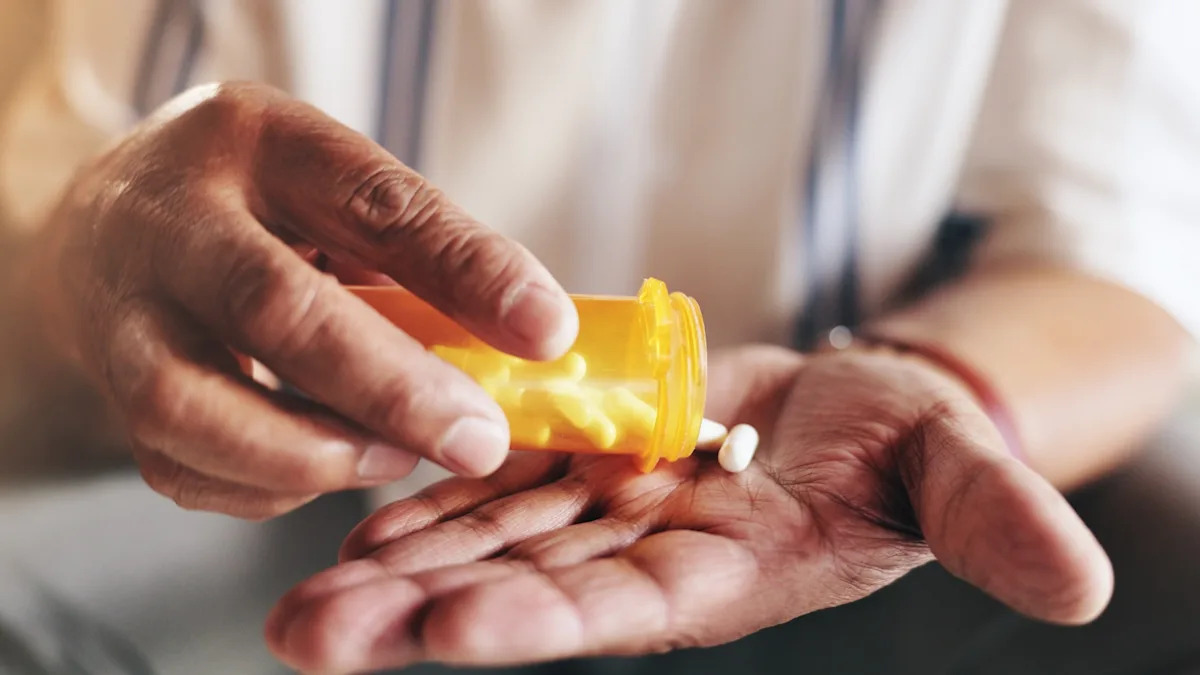
A recent study from research labs in China was highlighted in Scientific American because it reveals new information about microplastics. Many know that they are only becoming more pervasive, polluting the planet’s water and soil. Now,…
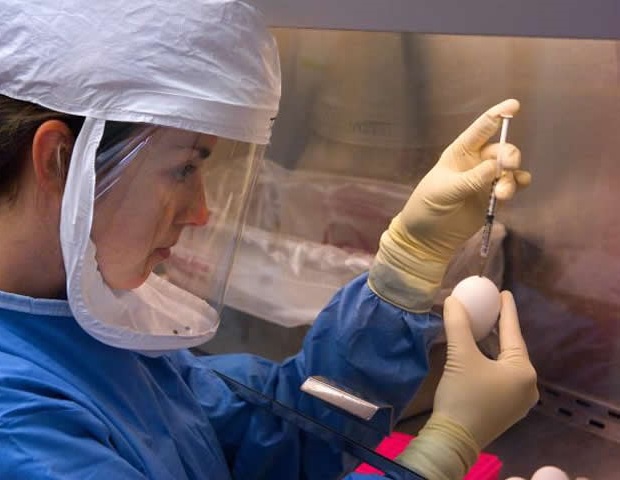
As the US withdraws from the World Health Organization and cuts overseas aid, regional partnerships are critical to safeguarding the health of member countries in a region where climate change and chronic diseases loom large.
These…